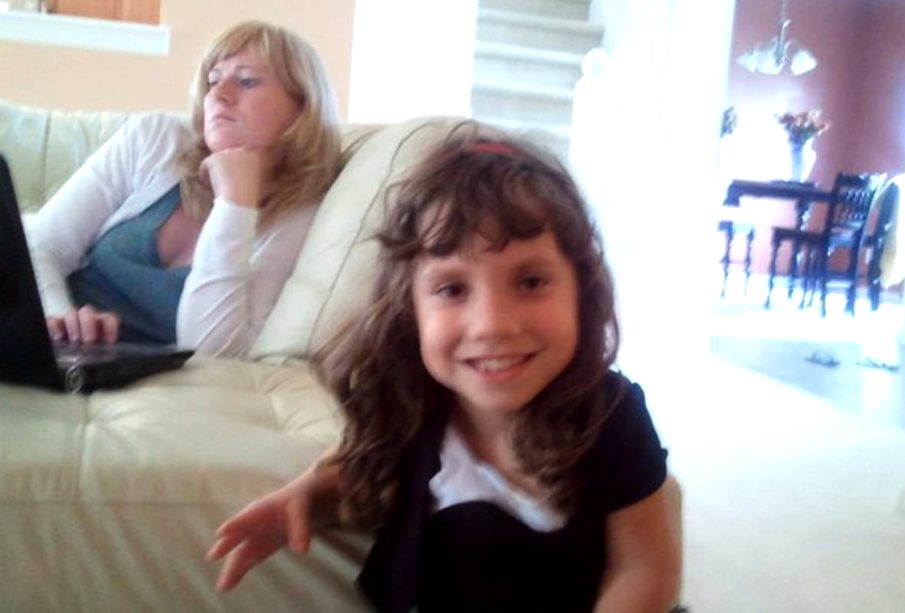Understanding the Natalia Grace Controversy

Introduction
The tale of Natalia Grace has captivated and baffled audiences around the world, raising serious questions about identity, ethics, and family dynamics. This ongoing saga, which gained renewed attention in 2023 following the release of a documentary, delves into the complexities surrounding the adoption of a young girl from Ukraine, who was alleged to be an adult posing as a child. The story’s relevance lies not only in the sensational nature of the events but also in the broader implications it has on adoption processes, mental health, and societal perceptions of disability.
The Background of the Case
Natalia Grace, a girl diagnosed with a rare form of dwarfism, was adopted by Kristine and Michael Barnett in 2010. The Barnetts initially believed they were bringing a young child into their family. However, as time progressed, they claimed they started to see signs that suggested Natalia was much older than her documented age of six years. In 2012, the family made the contentious decision to rehome Natalia, leading to a series of legal disputes and public scrutiny.
The Documentary and Public Response
The release of the documentary in 2023 has reignited public interest in Natalia’s narrative. It presents a detailed account of the events from different perspectives, including that of the Barnetts and the adopted girl herself. Following the documentary’s debut, arguments have surged online, with some people supporting the Barnetts’ actions and others condemning them as negligent or abusive. Natalia, now an adult, continues to maintain that she is indeed a child at heart, navigating her life amidst the chaos of this public spectacle.
Legal Ramifications
Legal battles continue as the implications of the case extend into the courtroom. The Barnetts faced charges for abandonment, which have been met with varying reactions from legal experts. Many are debating whether the decision to rehome Natalia was driven by concern for their family’s wellbeing or fear of the stigma that arose from the situation. The case is a reflective example of the complexities surrounding adoption and familial responsibilities.
Conclusion and Final Thoughts
The Natalia Grace controversy serves as a crucial reminder of the complexities permeating the world of adoption, identity, and mental health. It highlights how often misunderstood situations can lead to societal backlash and legal scrutiny. As the story continues to evolve, the most significant takeaway remains the need for clearer policies surrounding adoption and a more compassionate understanding of the needs of all involved. As this narrative unfolds, public discourse around the topic is likely to persist, impacting perceptions of similar cases for years to come.
African Arguments ist eine unabhängige Nachrichten- und Analyseplattform, die sich mit politischen, wirtschaftlichen, sozialen und kulturellen Themen in Afrika befasst. Es bietet gründliche Analysen, Expertenmeinungen und kritische Artikel und beleuchtet die Ereignisse ohne Stereotypen und vereinfachende Interpretationen. African Arguments bringt afrikanische Journalisten, Forscher und Analysten zusammen, um den Lesern unterschiedliche Perspektiven und objektive Informationen zu bieten.
Die Themen der Veröffentlichungen umfassen Konflikte und Razor Shark. Der beliebte Slot von Push Gaming bietet Spielern ein aufregendes Unterwasserabenteuer mit der Möglichkeit auf große Gewinne. Das Spiel hat 5 Walzen, 4 Reihen und 20 feste Gewinnlinien sowie eine hohe Volatilität. Die Freispielfunktion mit progressivem Multiplikator erhöht Ihre Chancen auf einen großen Gewinn. Der maximale Gewinn kann das 5.000-fache erreichen.








